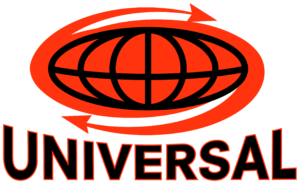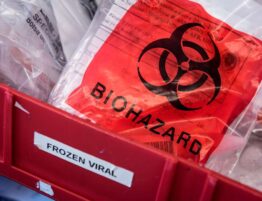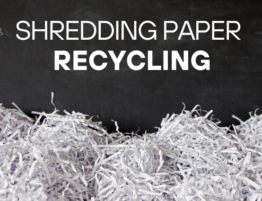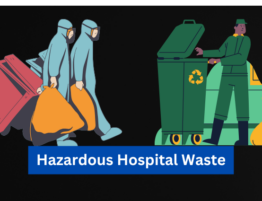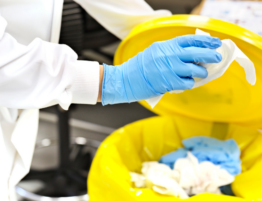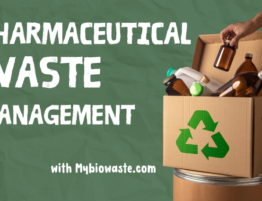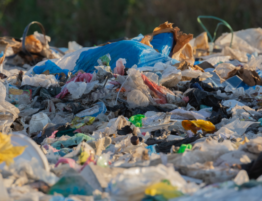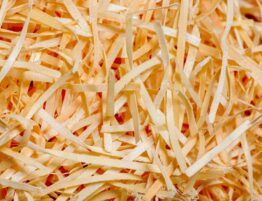
How to Clean a Waste Disposal Unit
Proper maintenance of medical waste disposal units is essential for ensuring safety, hygiene, and compliance with healthcare regulations. By following best practices, healthcare professionals can protect patients, staff, and the environment. In this comprehensive guide, we will explore the importance of cleaning medical waste disposal units, outline a step-by-step cleaning process, highlight safety precautions, and discuss tools and compliance tips.
Why Cleaning Medical Waste Disposal Units Is Critical
Medical waste disposal units play a crucial role in handling hazardous waste, including sharps, pharmaceuticals, and biohazardous materials. Regular cleaning:
- Prevents Cross-Contamination: Reduces the risk of spreading harmful pathogens.
- Ensures Regulatory Compliance: Adheres to OSHA, EPA, and state regulations.
- Extends Equipment Life: Proper maintenance minimizes wear and tear.
- Improves Workplace Safety: Keeps healthcare environments clean and safe.
Neglecting cleaning routines can lead to equipment malfunctions, legal penalties, and increased risks to public health. This is why understanding how to clean a waste disposal unit properly is non-negotiable.
Step-by-Step Cleaning Process
Follow these simple yet effective steps to clean your medical waste disposal unit:
1. Gather the Necessary Supplies
Ensure you have:
- Personal Protective Equipment (PPE): Gloves, goggles, masks, and aprons.
- EPA-approved disinfectants and cleaning agents.
- Cleaning tools: Brushes, microfiber cloths, and sponges.
- Waste bags for contaminated materials.
2. Prepare the Disposal Unit
- Turn off and disconnect the unit from its power source.
- Remove any remaining waste, following proper disposal protocols.
3. Initial Rinse
- Rinse the unit with warm water to dislodge loose debris.
- Focus on hard-to-reach areas, such as blades and seals.
4. Apply Cleaning Agents
- Use an EPA-approved disinfectant.
- Allow the solution to sit for the recommended dwell time to kill pathogens effectively.
5. Scrub Thoroughly
- Use a brush to scrub all surfaces, ensuring no residue remains.
- Pay attention to high-contact areas prone to buildup.
6. Rinse and Dry
- Rinse the unit thoroughly with clean water.
- Dry all surfaces with a microfiber cloth to prevent corrosion.
7. Inspect the Unit
- Check for damage or wear.
- Replace faulty parts to ensure optimal performance.
8. Reassemble and Test
- Reconnect the unit to its power source.
- Perform a test run to confirm functionality.
By following these steps, you’ll master how to clean a waste disposal unit while ensuring safety and efficiency.
Safety Precautions During Cleaning
Cleaning medical waste disposal units requires strict adherence to safety protocols:
- Always Wear PPE: Protect yourself from potential exposure to hazardous materials.
- Ventilate the Area: Work in a well-ventilated space to avoid inhaling fumes.
- Handle Sharps Carefully: Use tongs or specialized tools to avoid accidental injuries.
- Dispose of Contaminated Materials Properly: Follow your facility’s waste management policies.
- Avoid Mixing Chemicals: This can produce harmful reactions or fumes.
Understanding safety measures is an integral part of knowing how to clean a waste disposal unit effectively.
Tools and Cleaning Agents Recommended
Having the right tools and cleaning agents can make all the difference:
Essential Tools
- Brushes: For scrubbing tight corners and hard-to-reach areas.
- Microfiber Cloths: For drying and polishing surfaces.
- Scrapers: To remove stubborn residue.
Recommended Cleaning Agents
- EPA-Approved Disinfectants: Ensure efficacy against bacteria and viruses.
- Non-Corrosive Solutions: Protect the unit’s components from damage.
- Enzymatic Cleaners: Break down organic matter effectively.
Choosing high-quality tools and agents helps achieve the best results when learning how to clean a waste disposal unit.
Maintaining Compliance with Local Regulations
Healthcare facilities must comply with federal, state, and local regulations when handling and cleaning medical waste disposal units. Key points include:
- OSHA Standards: Ensure workplace safety by following guidelines for handling hazardous materials.
- EPA Regulations: Adhere to proper disposal and cleaning practices to minimize environmental impact.
- State-Specific Laws: Understand the specific requirements for your location.
Partnering with a certified medical waste disposal service can help you stay compliant while focusing on core healthcare operations.
Frequently Asked Questions (FAQs)
1. How often should a medical waste disposal unit be cleaned?
Units should be cleaned daily for light maintenance and weekly for thorough disinfection.
2. What happens if I don’t clean the disposal unit regularly?
Neglecting cleaning can lead to equipment failure, regulatory violations, and increased health risks.
3. Can I use household cleaning products for medical waste disposal units?
No, always use EPA-approved disinfectants designed for medical-grade cleaning.
4. Who is responsible for cleaning the disposal unit?
The facility’s waste management team or designated staff trained in handling medical waste should perform the cleaning.
5. Where can I find more information on proper cleaning practices?
Visit trusted resources like the OSHA or EPA websites, or consult your waste disposal service provider.
Final Thoughts
Mastering how to clean a waste disposal unit is vital for maintaining a safe and compliant healthcare environment. By following proper procedures, using the right tools, and adhering to safety precautions, you can protect your staff, patients, and the community.
For expert assistance in managing medical waste and maintaining compliance, contact Universal Waste Management. Together, we can ensure a cleaner, safer future for everyone.
